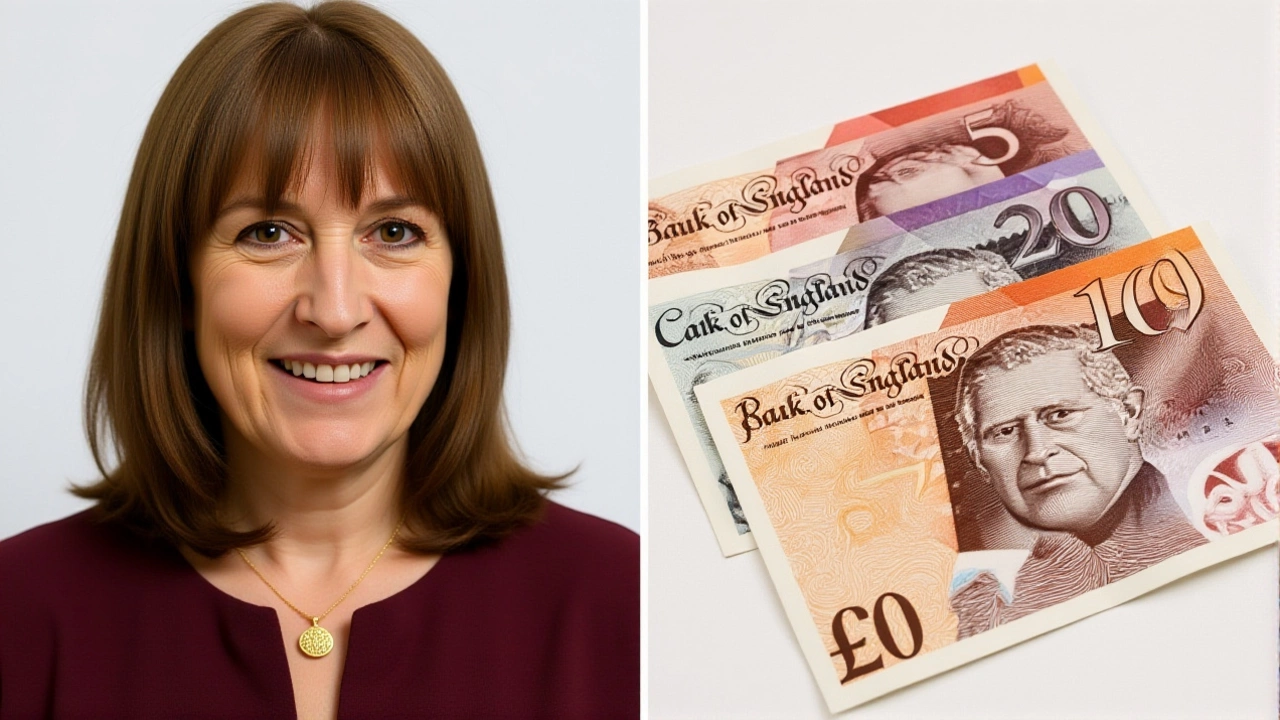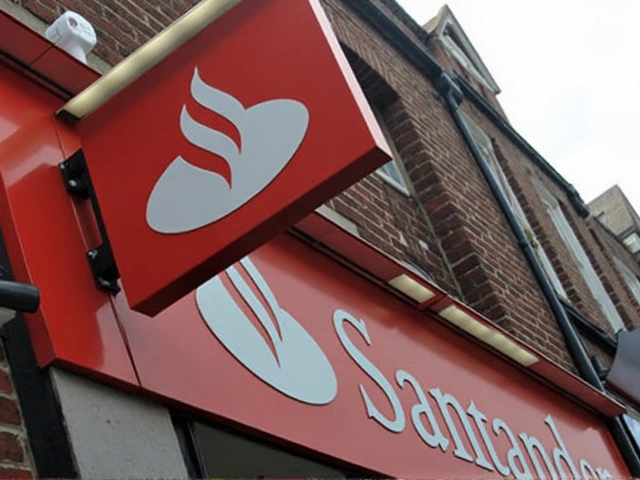On January 1, 2025, more than 69 cities, counties, and states lifted their minimum wage floors — a record-breaking wave of pay hikes that touched workers from East Palo Alto, California to Rockland County, New York. The increases, driven by inflation, voter initiatives, and legislative action, mean nearly 20 million workers saw their paychecks rise overnight. And it’s just the beginning. By year’s end, a total of National Employment Law Project (NELP) reports 88 jurisdictions — 23 states and 65 localities — will have raised their wage floors, with 53 of them hitting $17 or more per hour for at least some workers. This isn’t just a trend. It’s a transformation.
Where the Paychecks Rose First
January 1 brought the biggest single-day surge in minimum wage changes in U.S. history. In New Jersey, most employers now pay $15.49 an hour — up from $14.13 in 2024. For small businesses with fewer than six employees, it’s $14.53. Agricultural workers got a $13.40 floor, and tipped workers now earn $5.62 an hour, with employers allowed to claim up to $9.87 in tips as credit. Labor Commissioner Robert Asaro-Angelo called it "delivering on a promise made eight years ago." The state’s phased approach, stretching to 2030 for farmworkers, shows how deeply these policies are being woven into labor law.
Meanwhile, El Cerrito, California jumped to $18.34 — the highest in the nation at the start of the year. Los Angeles Unincorporated County followed at $17.81. Washington, D.C. and Chicago, Illinois raised their floors through automatic cost-of-living adjustments, while continuing to phase out subminimum wages for tipped workers — a move that’s slowly erasing a decades-old loophole.
Even in states without local increases, the federal government stepped in. Executive Order 14026 raised the minimum wage for federal contractors to $17.75 per hour — a direct signal from the White House that even non-state actors must meet higher standards. Paycom confirmed the change took effect on January 1, 2025, and contractors nationwide scrambled to update payroll systems.
States Playing Catch-Up — and Holding Back
Not every state moved. Oklahoma stuck with the federal floor of $7.25, though tipped workers’ cash wage will rise to $2.13 on November 1. Montana increased to $10.55 — barely above the federal rate — while Nebraska jumped to $13.50 and Missouri to $13.75. But the real story is in the states that are pacing themselves.
Florida is the poster child for incrementalism. On July 1, 2025, its minimum wage rises to $14.00. Then again on September 30, 2025, it hits $15.00 — and will keep climbing by $1.00 every September 30 until it hits $15.00 permanently in 2026. The U.S. Department of Labor confirmed the schedule, highlighting how voter-approved ballot measures are now shaping policy long after elections.
Alaska follows on February 21, 2025, with $13.00. Oregon nudged to $15.05 on January 1, with its next increase scheduled for July 2026. Even in places where hikes are modest, the direction is unmistakable: upward.
The Hidden Mechanics Behind the Numbers
What you don’t see on pay stubs? The machinery behind these changes. In New Jersey, the increases for seasonal and small employers aren’t just inflation adjustments — they’re deliberate steps to protect vulnerable sectors. In Tukwila, Washington, large employers face annual inflation bumps, while mid-sized ones get step increases — a nuanced approach that avoids sudden shocks to small businesses.
Cost-of-living adjustments (COLAs) powered 14 state and 39 local hikes on January 1. That means the increases weren’t political choices — they were mathematical. Formulas tied to CPI data kicked in automatically, removing partisan gridlock from the process. Washington, D.C. and Chicago are now fully automated, with no legislative action needed.
And then there’s the federal angle. The Office of Foreign Missions sent a circular note on January 3, 2025, reminding embassies and consulates: you must comply. Foreign missions in New York and Los Angeles now have to update employment contracts — or risk diplomatic fallout.

What This Means for Workers — and the Economy
More than 70 jurisdictions will hit or exceed $15 by year’s end. Fifty-three will hit $17. That’s not a coincidence. It’s a coalition of cities, states, and voters rejecting the idea that $7.25 is still a living wage. In Rockland County, New York, where rent has surged 40% since 2020, $15.50 is barely enough to cover a one-bedroom. But it’s a start.
Experts say the ripple effects are already visible. Small businesses in El Cerrito report higher retention rates. Restaurants in Washington, D.C. say they’re hiring faster — because workers aren’t leaving for better-paying jobs in neighboring counties. And according to NELP’s analysis, states with higher minimum wages saw slower growth in food stamp enrollment in 2024.
But it’s not all smooth sailing. In Oklahoma, business groups warn of job losses. In rural Montana, some employers say $10.55 is still too high for seasonal work. The debate isn’t over — but the momentum is.
What’s Next? The 2025 Wave Is Just Getting Started
Later this year, five more states — including Florida — will raise wages. Twenty-three cities and counties, from Denver to Portland, Maine, will follow. The New York State Department of Labor plans annual increases starting in 2027, tied to a three-year average of inflation. That means the $15.00 floor won’t be the end — it’ll be a new baseline.
And then there’s the federal question. Will Congress act? Right now, the federal minimum wage remains stuck at $7.25 — unchanged since 2009. But with 88 jurisdictions moving independently, the pressure grows. Some economists say the next big battle won’t be over $15 — it’ll be over whether the federal government can catch up.
Frequently Asked Questions
How many workers are affected by the 2025 minimum wage increases?
Approximately 20 million workers received immediate raises on January 1, 2025, with another 8–10 million expected to benefit from the remaining increases later this year. The National Employment Law Project estimates that by December 2025, over 30 million U.S. workers will be earning at least $15 an hour due to these changes — up from just 12 million in 2020.
Why are some states still stuck at $7.25?
States like Oklahoma, Alabama, and Mississippi have no state minimum wage law, so they default to the federal floor of $7.25. In these places, business lobbying groups have successfully blocked legislative action, arguing that higher wages hurt small employers. But with local governments in those states — like Charlotte, North Carolina — pushing for their own increases, that resistance is starting to crack.
What’s the difference between state and local minimum wage laws?
When local laws exceed state rates, employers must pay the higher amount. For example, in Los Angeles, the city’s $17.81 rate overrides California’s $16.00 state minimum. But in states like Texas, localities can’t set higher rates at all — a legal barrier known as "preemption." That’s why cities like San Antonio are pushing state legislatures to repeal these bans.
How do tipped workers fare under these new laws?
Tipped workers are seeing the biggest shifts in places like Washington, D.C. and Chicago, where subminimum wages are being phased out entirely. In New Jersey, tipped workers still earn $5.62 an hour — but their tip credit cap is $9.87, meaning employers must make up the difference if tips fall short. That’s a safety net most states don’t offer.
What’s the impact on small businesses?
Studies from the National Employment Law Project show that small businesses in high-wage cities report higher employee retention and lower turnover costs. In El Cerrito, restaurants saw a 30% drop in staff turnover after the 2024 hike. But in rural areas, some small employers report raising prices or cutting hours. The key is phased implementation — which is why states like New Jersey and Washington use gradual increases.
Will the federal minimum wage ever catch up?
Right now, Congress has been deadlocked for 15 years. But with 88 jurisdictions moving independently, the federal gap is becoming politically unsustainable. The White House has signaled support for raising the federal rate to $15 by 2026 — but without legislative action, the patchwork will continue. The real question isn’t if the federal wage will rise — it’s whether it will be too late to prevent a two-tiered economy.





